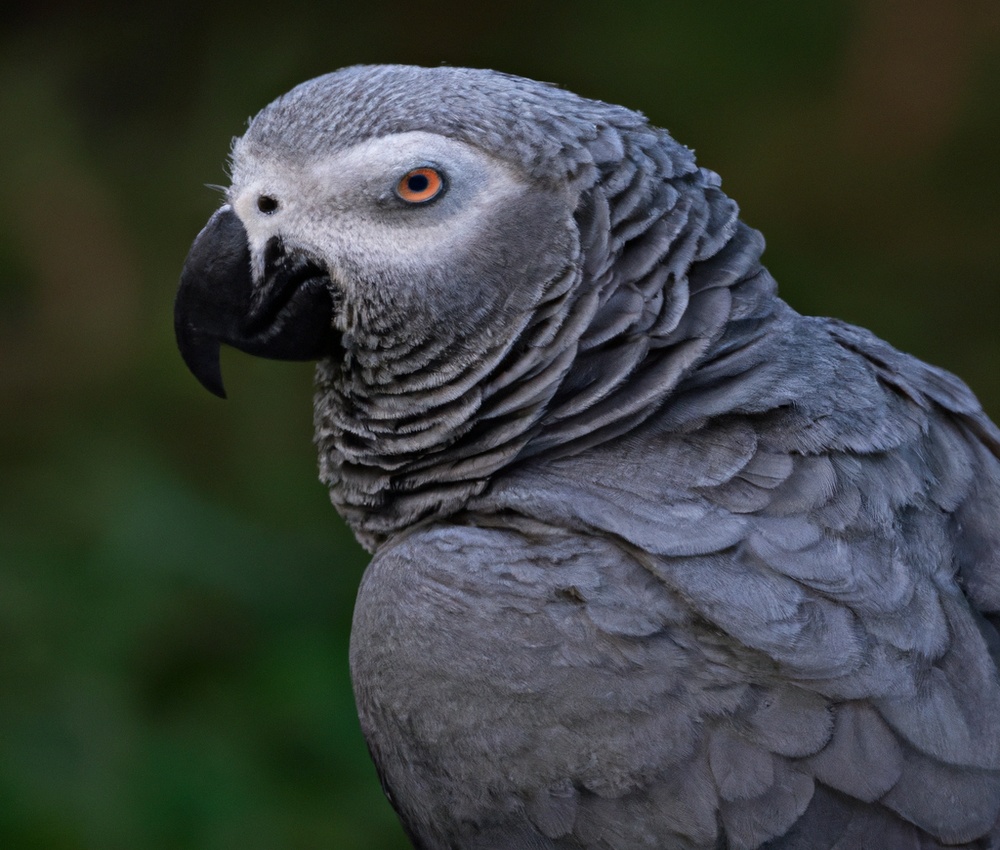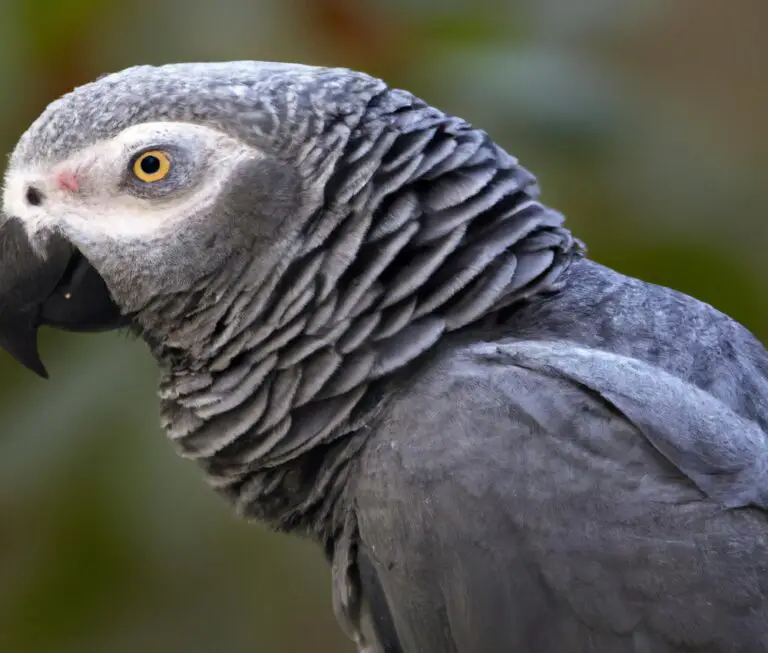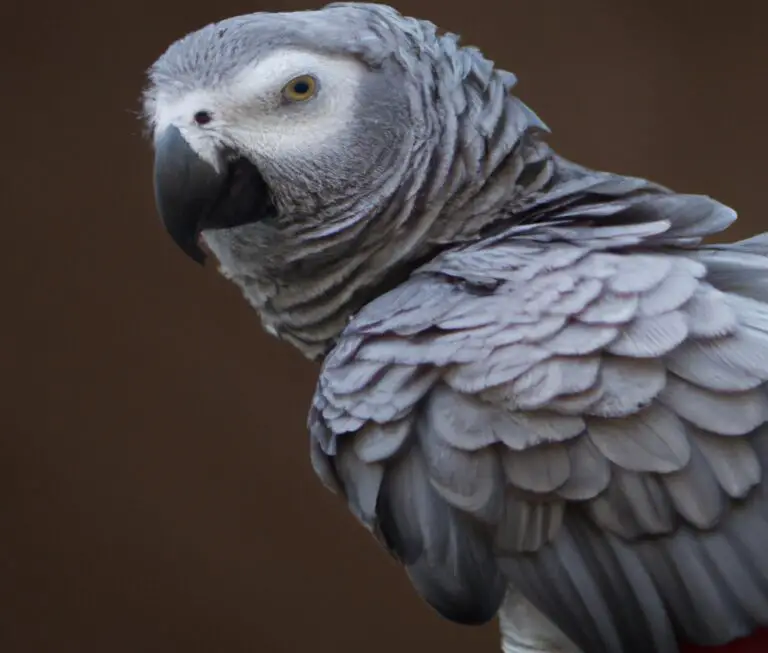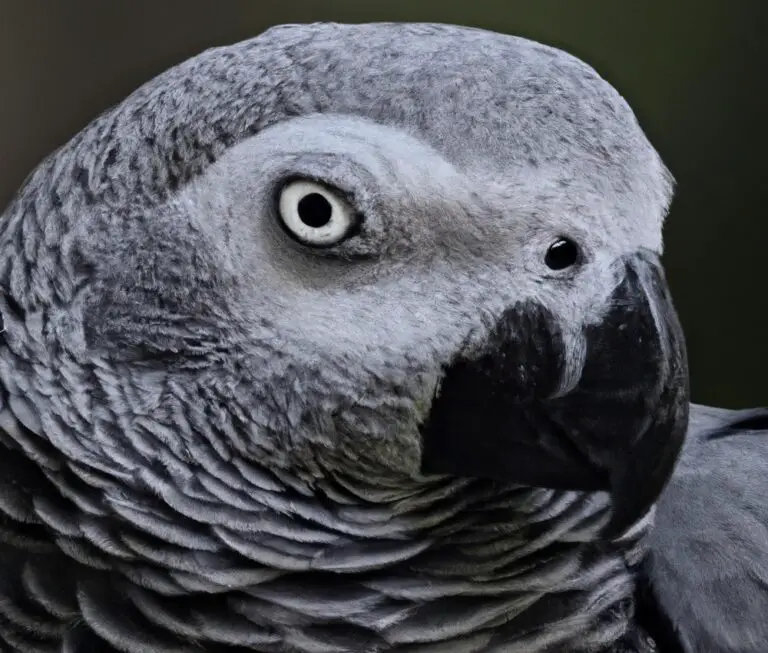How Can I Prevent Feather Dust Allergies From African Grey Parrots?
Key Takeaways:
- Regular cleaning and dusting of the environment can help reduce feather dust allergies from African Grey Parrots.
- Using high-quality air purifiers and HEPA filters can minimize airborne allergens related to feather dust.
- Limiting direct contact with the bird’s feathers and washing your hands regularly can also help prevent allergies.
- Consulting with an allergist and discussing potential treatment options may be beneficial for managing feather dust allergies.
Are you the proud owner of an African Grey Parrot, but find yourself constantly sneezing and itching around their feathers?
If so, you may be experiencing feather dust allergies.
Trust me, I’ve been there too.
Feather dust, a fine substance that coats the feathers of these beautiful birds, can cause discomfort and respiratory issues for allergy sufferers.
But fear not! In this article, I’ll share practical tips and expert advice on preventing and managing feather dust allergies.
From creating a feather-free bird enclosure to consulting with avian veterinarians, we’ve got you covered.
So, let’s dive in and ensure both you and your feathered friend can live happily and allergy-free together.
| Possible Prevention Methods | Description |
|---|---|
| Low-Dust Pelleted Diets | Switching to a low-dust pelleted diet can help reduce feather dust generated during feeding. |
| Regular Cleaning and Dusting | Frequent cleaning of the bird’s enclosure and surrounding areas can minimize the accumulation of feather dust. |
| Air Filtration Systems | Using air purifiers or HEPA filters can help remove airborne feather dust particles. |
| Wet Wiping | Wiping the bird’s feathers with a damp cloth or misting them with water can help reduce feather dust. |
| Limiting Contact | Avoiding direct contact with the bird’s feathers or using protective clothing can minimize exposure to feather dust. |
| Managing Environmental Factors | Improving ventilation, reducing humidity, and controlling other allergens in the environment can help prevent allergies. |
Understanding Feather Dust Allergies in African Grey Parrots
Feather dust refers to the small, powdery particles that are produced by the feathers of African Grey Parrots.
These birds are prone to allergies due to their high production of feather dust.
What is feather dust?
Feather dust refers to the fine particles that are produced by the feathers of birds, particularly African Grey Parrots. These particles are actually a combination of dead skin cells, dander, and powder down feathers.
When birds preen their feathers, they release this dust into the air, which can cause allergies and respiratory issues in sensitive individuals.
It’s important to minimize exposure to feather dust for both the bird’s well-being and the owner’s health.
Why are African Grey Parrots prone to feather dust allergies?
African Grey Parrots are prone to feather dust allergies due to the fine particles of powdery substance called feather dust that they produce. This dust is released during preening and flapping, and it contains proteins and oils that can trigger allergic reactions in sensitive individuals.
Additionally, African Grey Parrots have a highly efficient respiratory system that can make them more susceptible to allergies.
So, it’s important to take steps to minimize exposure and create a clean and healthy environment for your parrot.
Minimizing Exposure to Feather Dust
Regular feather dusting routine
Regular feather dusting is an important part of keeping your African Grey Parrot’s environment clean and reducing exposure to allergens.
Here’s what you can do:
- Use a damp cloth or feather duster to gently wipe down surfaces in your bird’s enclosure, including perches, toys, and cages. This helps remove accumulated dust.
- Vacuum regularly to remove any loose feathers, dander, and dust from the floor or carpet. Make sure to use a vacuum cleaner with a HEPA filter to trap allergens effectively.
- Avoid using feathered toys or materials that shed feathers easily. Opt for plastic or hard toys that are easier to clean and don’t produce as much dust.
- Consider placing a dust cover or sheet over your bird’s cage during cleaning to prevent feather dust from spreading. Remove and wash the cover regularly to keep it clean.
Remember, a regular feather dusting routine will help reduce allergens in your African Grey Parrot’s living area and promote a healthier environment for both you and your feathered friend.
Creating a feather-free bird enclosure
Creating a feather-free bird enclosure is essential for minimizing exposure to feather dust allergies. Here are some tips:
- Use a HEPA air purifier in the bird’s living area to filter out feather particles and allergens from the air.
- Opt for solid, smooth surfaces such as stainless steel or acrylic for cage materials. Avoid fabrics or materials that can accumulate dust.
- Regularly clean the enclosure, including the cage bars, perches, and toys, to remove feather dust buildup.
- Consider using bird-safe cleaning products that are hypoallergenic and free from harsh chemicals.
- Provide regular baths or showers for your bird to minimize the shedding of feathers and dust.
- Maintain good ventilation in the bird’s living area to minimize the accumulation of airborne allergens.
- Implement a no-feather policy in areas outside of the bird’s enclosure to prevent the spread of feather dust throughout the house.
- Wear a mask or use a vacuum with a HEPA filter when cleaning the bird’s enclosure to avoid inhaling feather dust.
- Seek advice from an avian veterinarian for additional tips on creating a feather-free environment for your African Grey Parrot.
Using air purifiers in the bird’s living area
Using air purifiers in the bird’s living area can help minimize feather dust allergies. Look for purifiers with HEPA filters to effectively remove airborne allergens.
Place the purifier in the same room as the bird, ensuring it runs continuously to maintain clean air.
Regularly clean and replace filters for optimal performance.
Promoting a Clean & Healthy Environment
To promote a clean and healthy environment for your African Grey Parrot, focus on proper cleaning techniques, choose allergy-friendly cleaning products, and ensure good ventilation in their living area.
Proper cleaning and disinfecting techniques
Proper cleaning and disinfecting techniques are essential to maintain a clean and healthy environment for your African Grey Parrot. Here are some tips to follow:
- Use bird-safe cleaning products: Choose non-toxic cleaning agents specifically designed for pet bird habitats. Avoid using harsh chemicals or strong-smelling products that may be harmful to your parrot.
- Regularly clean and sanitize the cage: Clean the cage thoroughly at least once a week. Remove all bedding, toys, and perches. Wash them with warm water and mild soap, then rinse and dry them completely. Disinfect the cage using a bird-safe disinfectant, following the instructions on the product label.
- Pay attention to high-risk areas: Focus on areas where feather dust tends to accumulate, such as perches, cage bars, and the bottom tray. Use a damp cloth or paper towel to wipe away any visible dust or debris. For stubborn grime, you can use a soft brush.
- Use hot water for bird dishes: Wash your bird’s food and water dishes with hot water after each meal. This helps remove any bacteria or food residue that can lead to contamination.
- Provide a clean environment: Keep the area around the cage clean by regularly vacuuming or sweeping to remove any loose feather dust or dander.
Remember, maintaining a clean and hygienic environment is crucial for preventing feather dust allergies and promoting your parrot’s well-being. Regular cleaning and disinfecting should be part of your routine for a happy and healthy African Grey Parrot.
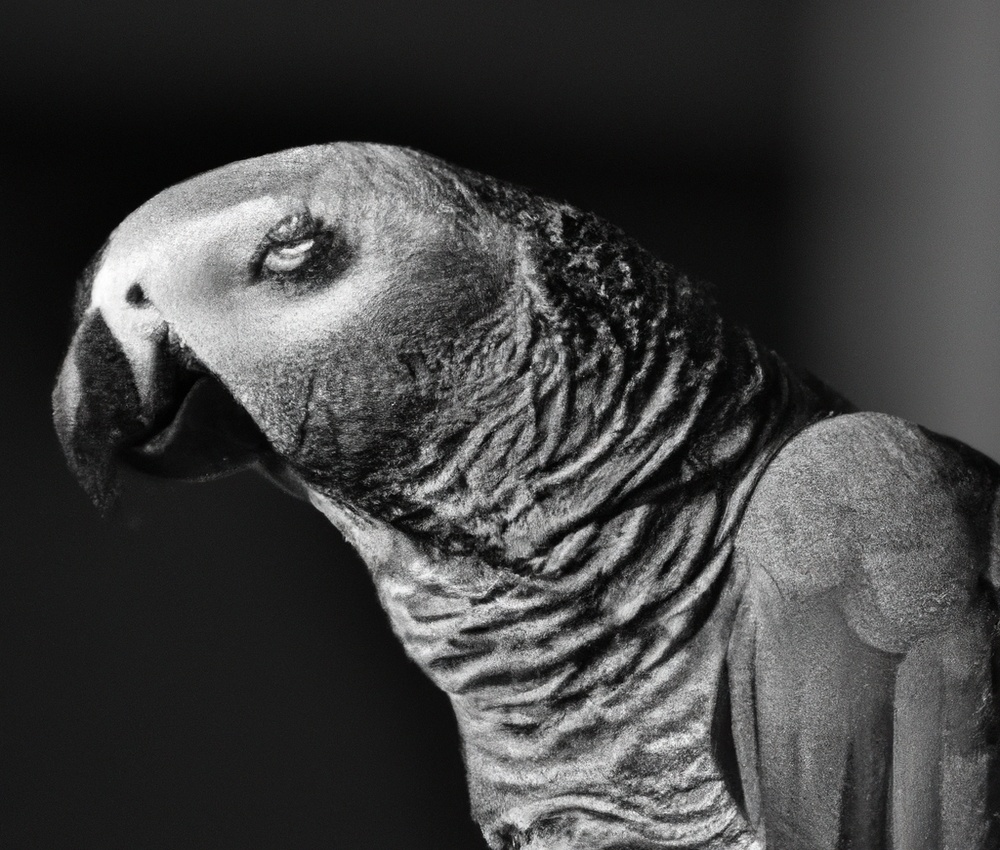
Choosing the right cleaning products for allergy sufferers
Choosing the right cleaning products for allergy sufferers is essential to maintain a clean and healthy environment. Here are some tips to help you make the right choice:
- Read the labels: Look for cleaning products that are labeled as hypoallergenic, fragrance-free, and specifically designed for allergy sufferers. Avoid products that contain harsh chemicals or strong fragrances, as they can trigger allergies.
- Go natural: Opt for natural cleaning products that are free from synthetic chemicals, dyes, and fragrances. Ingredients like vinegar, baking soda, and lemon juice can be effective for cleaning without causing allergies.
- Avoid allergens: Choose cleaning products that are effective in removing common allergens like dust mites, pet dander, and pollen. Look for products that have been tested and proven to eliminate these allergens.
- Test it out: Before using a new cleaning product, test it on a small area to check for any allergic reactions. If you experience any discomfort or symptoms, discontinue use immediately.
- Consider steam cleaning: Steam cleaning can be a great option for allergy sufferers as it effectively kills allergens without the need for harsh chemicals. Invest in a good quality steam cleaner for a thorough and allergy-friendly clean.
Maintaining good ventilation in the bird’s living area
Good ventilation is essential for maintaining a clean and healthy environment for your African Grey Parrot. Here are some tips to ensure good ventilation in your bird’s living area:
- Open windows or use fans to circulate fresh air.
- Avoid placing the bird’s enclosure in areas with poor air circulation.
- Clean the air vents and filters regularly to prevent dust buildup.
- Consider using an air purifier to remove allergens and improve air quality.
- Monitor humidity levels to prevent mold and excessive moisture.
Remember, proper ventilation helps minimize feather dust and promotes a comfortable living space for your parrot!
Personal Hygiene and Allergy Management
To manage feather dust allergies from African Grey Parrots, practice good personal hygiene by washing your hands and changing your clothes after handling the bird.
Additionally, minimize direct contact with feather dust and consider using allergy medications and preventive measures.
Washing hands and changing clothes after handling the bird
After handling an African Grey Parrot, it’s important to wash your hands thoroughly with soap and water.
This will help remove any potential allergens, including feather dust, from your skin.
Additionally, changing your clothes after handling the bird can further reduce the risk of coming into contact with allergens.
Minimizing direct contact with feather dust
To minimize direct contact with feather dust, there are a few simple steps you can take. Firstly, consider wearing a mask while handling your African Grey Parrot or cleaning its cage.
This will help to filter out the dust particles.
Secondly, avoid directly touching your face, especially the eyes and nose, after handling your bird. This can help prevent the dust from coming into contact with your mucus membranes.
Lastly, be mindful of your clothing.
Change your clothes and wash your hands thoroughly after interacting with your parrot to remove any lingering feather dust. These measures can go a long way in minimizing your exposure to feather dust and reducing the risk of allergies.

Using allergy medications and preventive measures
To manage feather dust allergies from African Grey Parrots, using allergy medications and preventive measures can be helpful. Here are some strategies:
- Allergy medications: Over-the-counter antihistamines can reduce symptoms like sneezing and itching. Nasal sprays can relieve congestion, and eye drops can provide relief for itchy, watery eyes. Consult with a doctor or allergist for appropriate medication options.
- Environmental controls: Minimize exposure to feather dust by keeping your living area clean and well-ventilated. Use air purifiers with HEPA filters to remove allergens from the air. Consider creating a feather-free bird enclosure to reduce direct contact with feather dust.
- Personal hygiene: Wash your hands and change clothes after handling your African Grey Parrot to avoid transferring allergens. Minimize direct contact with feather dust by avoiding activities like cuddling or allowing the bird on your shoulder or head.

Seeking Professional Guidance
Exploring allergy shots and immunotherapy options
Allergy shots, also known as immunotherapy, can be an effective option for managing feather dust allergies in African Grey Parrots.
These shots work by gradually exposing your immune system to small amounts of the allergen, helping your body build up a tolerance over time.
This can help reduce or eliminate allergic reactions to feather dust.
If you’re considering allergy shots for your African Grey Parrot allergies, it’s important to consult with an avian veterinarian who can provide guidance and create a treatment plan tailored to your specific needs.
They will evaluate your allergy symptoms, perform any necessary testing, and determine if allergy shots are a suitable option for you.
It’s crucial to follow their advice and recommendations throughout the treatment process.
Keep in mind that while immunotherapy can be beneficial for some people with allergies, it may not be the best choice for everyone.
Your veterinarian can help you weigh the potential benefits and risks, taking into consideration your individual circumstances.
In addition to allergy shots, there are other preventive measures you can take to minimize your exposure to feather dust and manage your allergies.
These include regular feather dusting routines, creating feather-free bird enclosures, using air purifiers, practicing proper cleaning and disinfecting techniques, maintaining good ventilation, practicing personal hygiene, and using allergy medications as needed.
Remember, everyone’s allergy journey is unique, so it’s important to work closely with your veterinarian to find the best solution for you and your African Grey Parrot.
They can provide guidance, answer any questions you may have, and help you navigate through the various treatment options available.
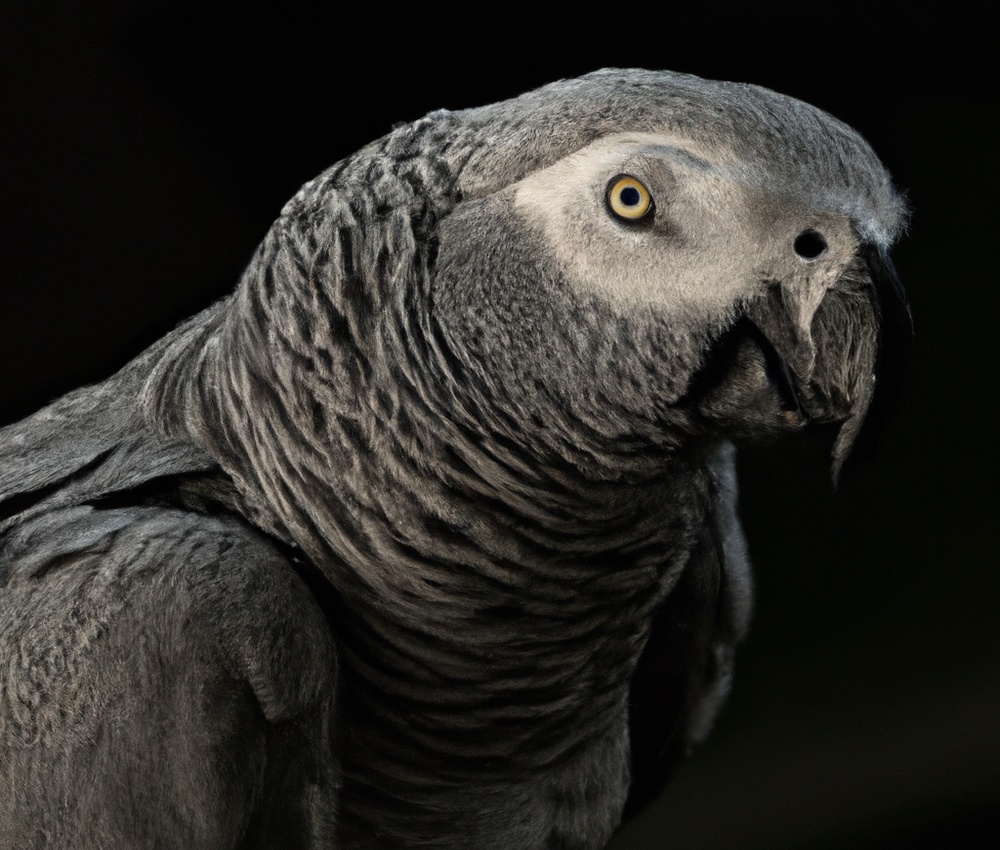
Frequently Asked Questions
Can African Grey Parrots be hypoallergenic?
African Grey Parrots are not hypoallergenic.
They produce feather dust, which contains allergens that can trigger allergic reactions in susceptible individuals.
However, you can take steps to minimize exposure to feather dust and manage allergies effectively.
Are other pets prone to feather dust allergies?
Yes, other pets can also be prone to feather dust allergies, although the prevalence may vary. Birds, in general, produce feather dust, which contains allergens that can trigger allergic reactions in sensitive individuals.
This can include other bird species, such as cockatiels or macaws, as well as small mammals like hamsters or guinea pigs, which also shed dander that can cause allergies.
However, it is important to note that each pet and person may react differently, so it’s best to be aware of potential allergies and take necessary precautions.
Final Verdict
Preventing feather dust allergies from African Grey Parrots requires a combination of preventative measures, maintaining a clean and healthy environment, personal hygiene, and professional guidance. Regular feather dusting, creating a feather-free bird enclosure, and using air purifiers can minimize exposure.
Proper cleaning techniques, choosing allergy-friendly products, and good ventilation are essential.
Practicing personal hygiene, using medication, and changing clothes after handling the bird can also help. Lastly, consulting an avian veterinarian, considering allergy testing, and exploring immunotherapy options can provide further assistance.
With these strategies in place, owners can enjoy a happy and healthy relationship with their African Grey Parrot.

